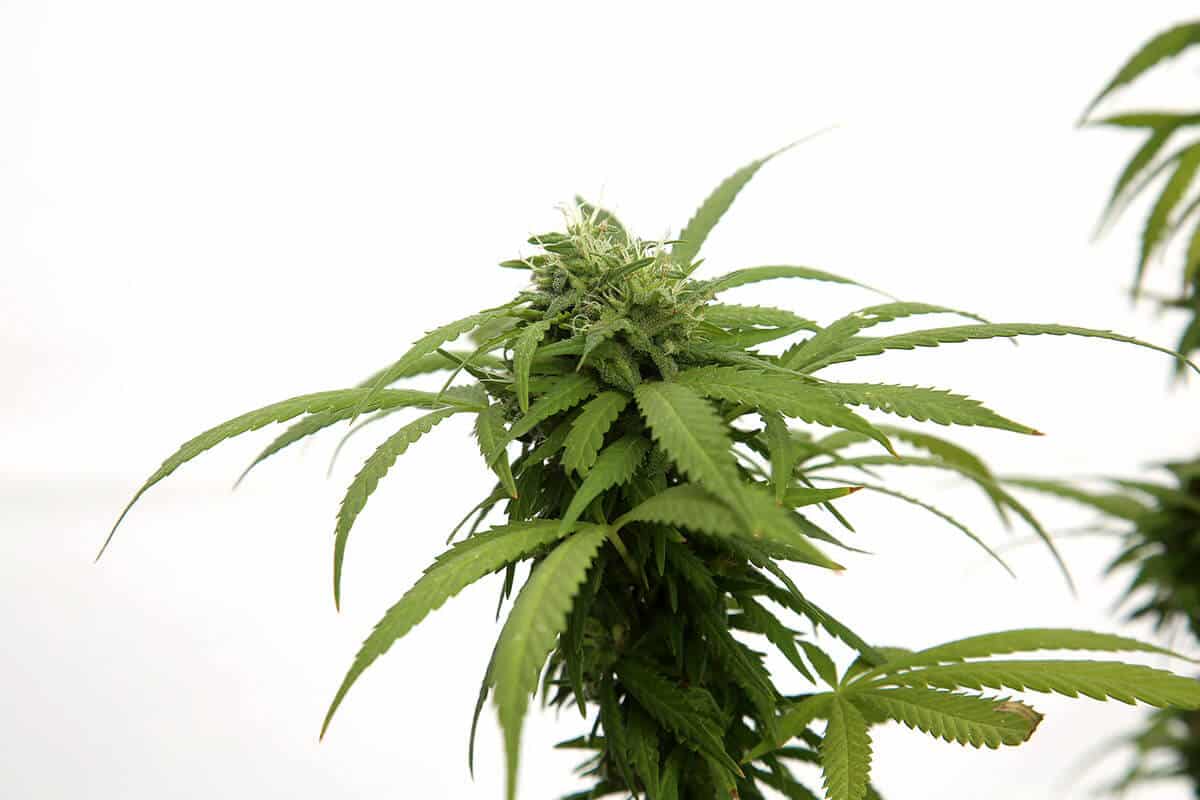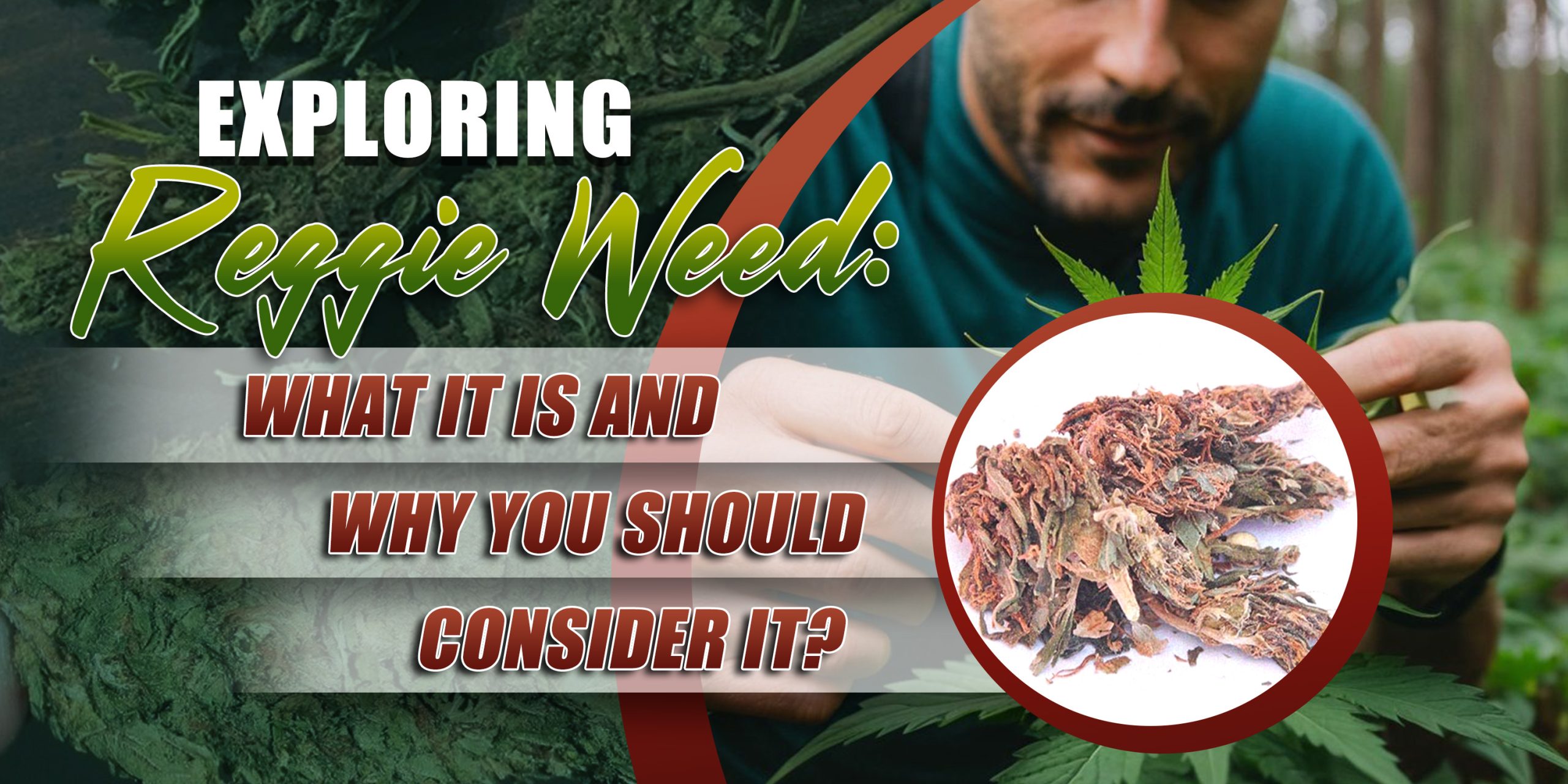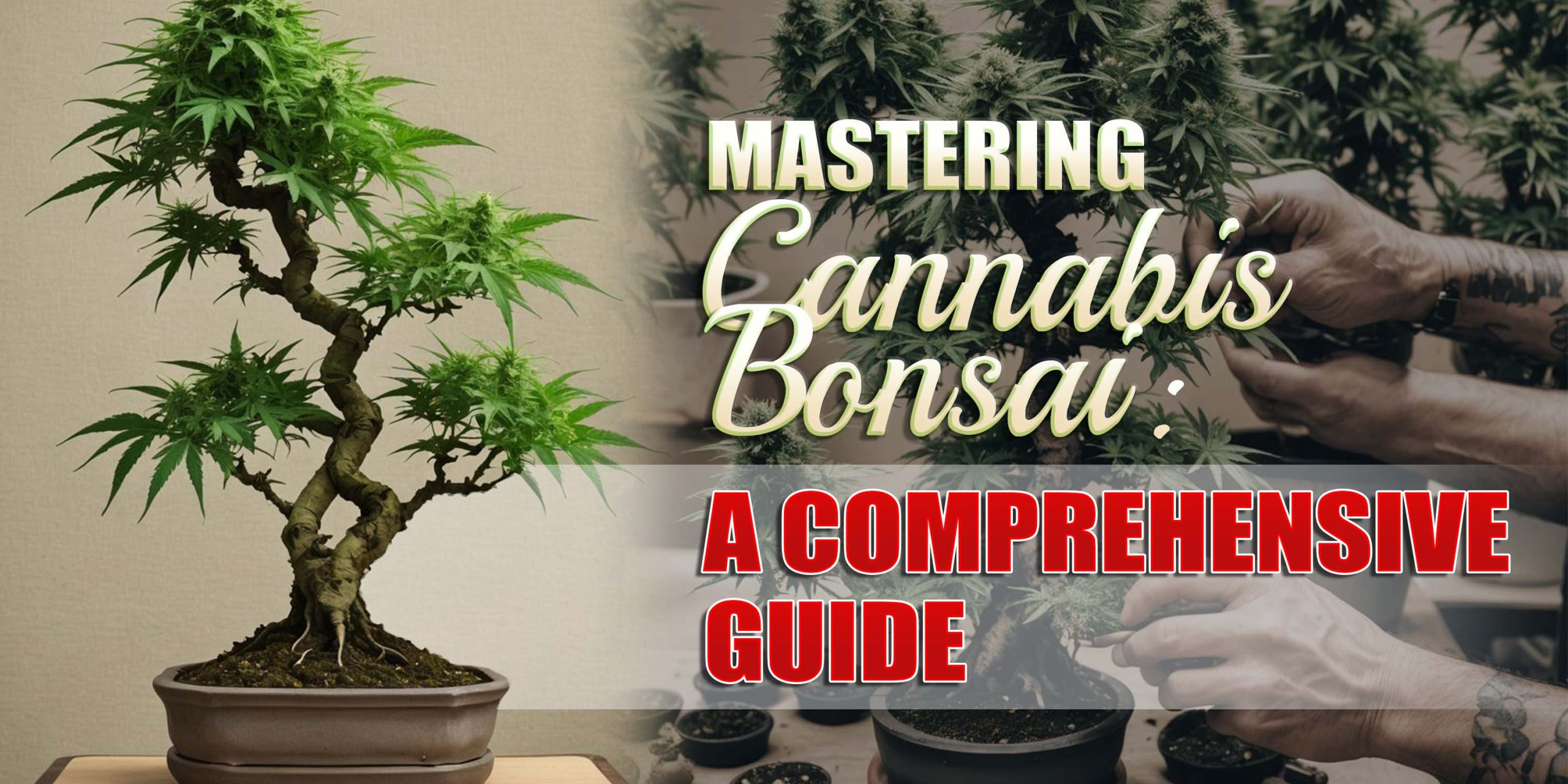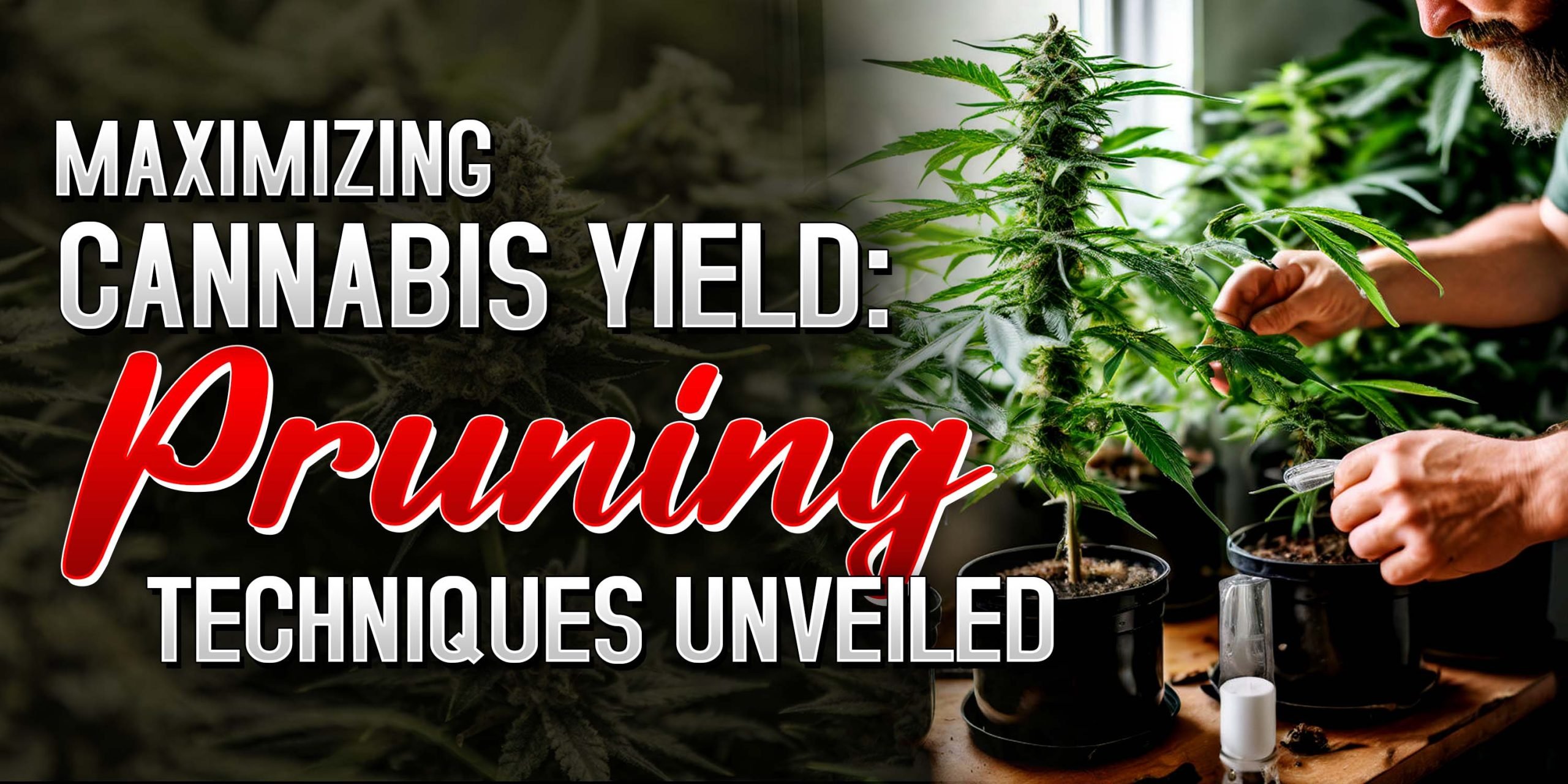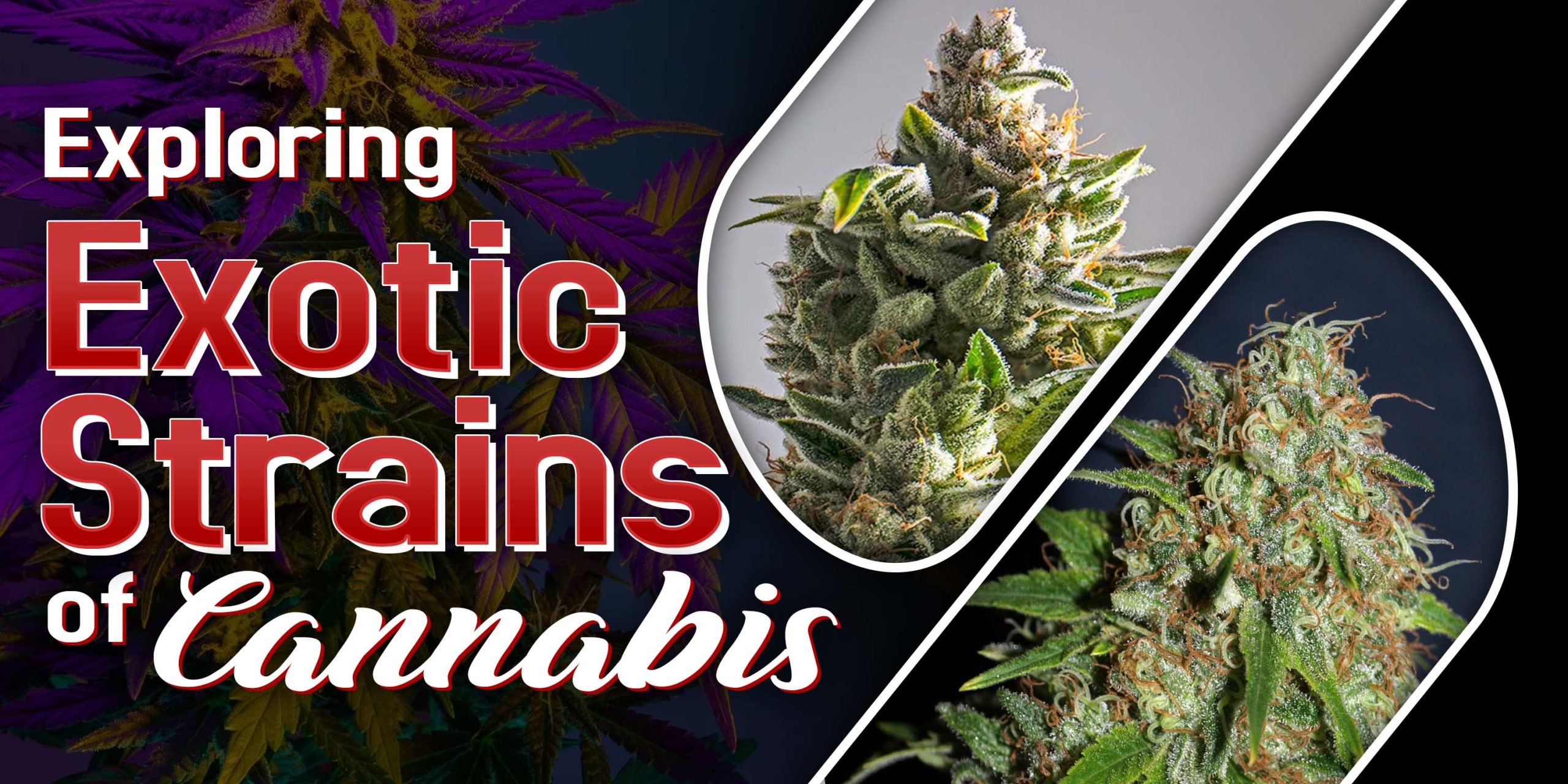New to growing marijuana? If you are, then you need to learn the different marijuana plant stages. The marijuana plant may be unlike other plants that you have cultivated as it’s an annual plant. This means it has a short lifespan of mostly up to a year from seed to harvest. In the wild, once a marijuana plant flowers and develops seeds, it will soon wilt and die.
Understanding the different stages of cannabis and how to care for your plants during these stages can make you a successful grower. Take note that since these stages can be quick, it’s important to pay attention to every phase of your plant’s growth.
The different marijuana plant stages
Most growers say that there are only two general stages of a cannabis plant: the vegetative or growing phase and the flowering phase or blooming phase. But as growers start to study the cannabis plant in detail, they were able to find six different marijuana plant stages, and this starts from the germination stage, seedling, vegetative, pre-flowering, flowering, and harvest stages. Let’s differentiate each one and take note of the different needs of your plants for every stage.
Germination stage
The germination stage starts as soon as you sprout your cannabis seeds. Germination is when the seed starts to open, and the taproot begins to sprout. The taproot is the main structure of a cannabis plant, and it’s where all the complex roots form. The taproot is white, long, and is very fragile.
Let’s take a cannabis seed that’s germinated in soil. The taproot grows out of the seed and starts to move downwards. It is very eager to look for water in the soil and to anchor the plant firmly on the ground. The cannabis seed at this time is in a cold, moist, and dark area (in soil), and this is very conducive for plant growth.
In just a week, the cannabis seed has sprouted, and the taproot already many times longer than what it was before. At the opposite portion of the seed, the small round leaves known as the cotyledon start to form. A pair of round green leaves begin to sprout from the ground/soil moving towards the light.
The cotyledons are unlike the usual cannabis leaves as these are round with no jagged edges, and it is not the very first leaves that the plant has formed. It is merely a part of the seed that sprouts first. After a few more days, you can see the very first pair of cannabis leaves from the seedling; these are leaves that are long with the usually serrated edges.
The germination phase is over, and this lasts anywhere from 5 to 7 days or longer in some marijuana strains after the germination is also a short phase known as the seedling phase.
What do cannabis plants need during germination?
Your germinating seeds will need the following
- Germinating medium- this could be soil, a damp paper towel or peat cubes
- Distilled water – this is clean, pH-balanced water that your seeds can safely use
- A quiet and dark space to sprout – you need a cabinet or a growing closet to keep your germinating seeds.
- Growing pots – if you’re germinating in soil, use large-sized plants, so there’s need to transplant your young plants to larger final pots.
- Soil – cannabis can grow in almost all types of soil, but the best has to be sandy-clayey soil or loamy soil.
Your germinating seeds don’t need any nutrients as it already contains nutrients enough till the seedling phase. Also, soil and growing pellets contain enough nutrients that your germinating seeds need at this phase.
Seedling stage
The seedling phase follows the germination phase, and this is a very short stage that starts from the appearance of the first few pairs of true marijuana leaves to the time that you need to transfer your plants to a bigger pot. If you can start growing your plants in a large growing pot, then the seedling phase is up to the time your plants are actively growing.
The seedling phase is when your plants begin to grow stronger roots, and the very first pairs of leaves start to grow. During the seedling phase, it is unclear if the young plants are male or female. If you are growing regular or photoperiod plants, these are either male or female plants.
If you started growing your cannabis plants in small pots, there would come a time when these pots are just too small for your plants. Marijuana can grow very fast, and once a small pot becomes too small, you need to transplant your plants to larger pots.
What do cannabis plants need during the seedling phase?
Your young plants will need the following
- A large growing pot – if you started growing from a small pot, transfer your seedlings to a larger final pot. This can be a large 5-gallon clay, plastic, fabric, or porcelain pot, whatever is available as long as the containers have ample drainage.
- Clean, pH-balanced water – the soil should be pH balanced as water you feed your plants should be clean and pH-balanced as well. This way, the plant roots will be able to easily take in all kinds of nutrients.
- Good lighting – seedling plants require bright lighting. If you’re growing plants indoors, you need strong CFL or LED lighting. Lighting schedules can be 24 hours light, 20 hours light/4 hours darkness, or 18 hours light/6 hours darkness.
- High humidity levels – at this phase, cannabis plants require higher humidity levels up to 60 to 70%. Monitor humidity and temperature levels using a digital thermometer and hygrometer.
- Average growing temperatures – temperatures should be average (not too cold and not too hot).
Nutrients are not needed during the seedling phase as the young plant is still using nutrients found in the growing medium. However, some growers are keen on providing good nutrients to seedlings. As plants start to show very active growth, these need special fertilizer or nutrients that are rich in nitrogen.
Nitrogen is necessary for enhanced growth and the production of plant foot. When your plants receive enough amounts of nitrogen, these will grow new leaves, stems, and roots and will grow stronger and more resilient to changes in the environment. Nitrogen prepares the plant for the flowering phase in more ways than one.
Vegetative stage
During the vegetative stage, a marijuana plant grows actively until it’s ready to start blooming pre-flowers. During this phase, the plants are growing taller, wider, and stronger.
The growing phase takes longer or shorter in different cannabis strains. In some strains, the growing phase can last up to 10 weeks from germination to the pre-flowering phase, while some have shorter flowering phases up to 7 weeks only. It is unknown at this point if the growing cannabis plant is male or female.
What do cannabis plants need during the vegetative stage?
The following are important things to consider for vegging plants
- Fertilizer/plant food – as we mentioned before, actively growing cannabis plants require plant food or fertilizer that has high nitrogen levels. Nitrogen is needed for healthy plant growth and food production. Plants also need other major nutrients like phosphorus and potassium, which are also needed for enhanced plant growth and protection from common marijuana plant illnesses and pests. Cannabis plants need higher nitrogen levels and lower potassium and phosphorus levels at this stage.
- Clean, pH-balanced water – the roots need clean and pH-balanced water to efficiently take nutrients from the soil and distribute it all over the plants. Water your plants only when the soil is dry and not when it’s wet and moist.
- Good lighting – light is food to plants, and during the plants’ active phase, it’s a must to provide good lighting to promote good plant health and development. Plant schedules maybe 20 hours light/4 hours darkness or 18 hours light/6 hours darkness.
- Average to low humidity levels –lower humidity levels at 55 to 60% should be maintained to prevent the development of molds and mildew
- Average temperatures – temperatures should be on average. Monitor temperature and humidity levels closely using a digital hygrometer or thermometer.
Pre – flowering stage
The pre-flowering phase is a very short phase, and it’s between the vegetative phase and the full-blooming phase. This can be around week 5 or week 6 after germination. At this phase, growers can determine the gender of their plants.
If you’re growing photoperiod or regular strains, you cannot tell if your plants are male or female until they reach the pre-flowering phase. But if you are growing feminized strains, then you know that you’re growing a female plant even before your seeds sprout.
The pre-flowering phase starts when the plants show their pre-flowers. You can tell that you’re growing a male plant when your plants develop small sacs or balls that look like spades. These are found along the junction between the branches and the main trunk. These balls will eventually ripen and will open to reveal pollen, which can fertilize female plants.
Meanwhile, female plants grow white wispy flowers, which will soon readily accept pollen from the male plant sacs or balls. The female plant parts also grow at the junction between the branch and trunk of the plant.
Growers allow male plants to remain inside the growing area if they are looking into growing seeds or are breeding new strains. The pollen from the males reaches the flowers of the female through wind action or animals and insects. After germination, it will only take a few weeks before the female plants develop seeds. The seed pods are exposed to marijuana plants, and these will soon dry up, and the seeds are ready for harvest.
But if the marijuana grower is cultivating plants for weed, it’s a different thing. The males are separated from the females as soon as the pre-flowers start to show. Take note that this is very important as you don’t want the males to accidentally pollinate female plants. Some growers even go as far as destroying male plants to eliminate any possibility of accidental pollination. When the flowers of female plants are not fertilized, these will ripen and become a weed.
What do cannabis plants need during the pre-flowering phase?
The pre-flowering stage is very short, but the needs of cannabis plants at this phase will dramatically change.
- Food – plant nutrients change from high nitrogen to low nitrogen feeding. This is because pre-flowering plants cease to grow, and thus, the plants don’t need nitrogen anymore. Meanwhile, phosphorus and potassium levels are higher as these nutrients are known for their ability to support bud growth and development.
- Lighting – to stimulate flowering, changing the lighting schedule at 12 hours continuous light and 12 hours continuous darkness is the key. There should be no interruptions, especially during the dark period.
- Humidity – humidity levels should be kept low at 40 to 50% as low humidity is needed to prevent the development of mold and mildew.
- Temperature – the temperature must be kept constant and monitored.
- Water – clean, pH-balanced water is needed for optimum nutrient absorption. Water your plants when the soil is dry and never when it’s moist or wet.
Flowering stage
The flowering or blooming phase is the time when your plants are showing their lovely buds. At this time, the plants are not growing actively anymore and are now putting all their energies to creating larger and denser flowers.
The size, density, smell, and color of the cannabis flowers vary from the strain. Some strains have only one main bud, a center cola, while some strains grow many buds. Some strains grow buds coated with fine, white resin. This is a substance created by trichomes, where most of the THC (tetrahydrocannabinol) is concentrated. Buds with a lot of sticky resin are used to make THC concentrates and other cannabis products.
The smell of buds vary. Some are fruity, cheesy, skunky, flowery, woodsy, spicy, sweet, and chocolatey, to name a few. The buds develop a very potent smell when these mature. Flowering happens around 9 to 12 weeks. Some strains flower early at just 7 weeks after germination, while some may take 12 to 14 weeks.
What do cannabis plants need during the flowering phase?
Your plants need the following during the flowering stage:
- Food – plants at this phase need a low nitrogen feeding because flowering plants have stopped growing and thus don’t need nitrogen anymore. Flowering plants need food with higher phosphorus and potassium levels as these nutrients support bud growth and development.
- Lighting – continue providing 12 hours light and 12 hours darkness until you reach the harvest phase.
- Humidity – humidity levels must be kept low at 40 to 50% to prevent the development of mold and mildew. Take note that molds can develop inside the buds, and this will ruin all your hard work.
- Temperature – the temperature must be kept constant and monitored. Use a digital thermometer and hygrometer.
- Water – clean, pH-balanced water is needed for enhanced nutrient absorption. Water your plants when the soil is dry and never when it’s moist or wet. Watering and providing fertilizer must cease a week before harvest time.
Harvest stage
The harvest stage is the final stage in a marijuana plant’s life. This is when you start to monitor your buds carefully and check for signs of harvest. You can tell that your buds, and your plants, are ready for harvest. Most growers prefer to harvest the buds and the plants as they use the plant parts to make other cannabis products.
The first thing you’ll notice is the changes in the color of the fan leaves. The fan leaves are the largest leaves located at the lowest part of the plant. During the flowering time, the fan leaves are green as these are needed to manufacture plant food. But during the flowering phase, most of the energy is diverted to the flowers, and thus, the fan leaves turn yellow until they wilt.
Remember the wispy white flowers during the pre-flowering time? The pistils are the female reproductive systems of the plant, and these will gradually turn red, which means that harvest time is near. Growers usually wait until half of the pistils of the plant have turned dark, as this is when buds have the highest levels of THC. When about 60 to 70% of pistils have turned red, this is the time when the buds have a maximum level of THC. Don’t wait when around 70 to 90% of the pistils have become red because this is the time when THC has converted to CBN (another potent cannabinoid), and the weed harvested at this time will knock you out to sleep.
Meanwhile, aside from observing the pistils, you also need to check the trichomes. The trichomes are the small, glass-like structures found all over the leaves, sugar leaves, and stems. These start as clear, and this means that the plants are still unripe and not ready to be harvested. When the trichomes become cloudy and milky, these are still not ready for harvest. You need to wait until these structures turn opaque because this means the buds have the highest levels of THC. It’s too late for harvest when the trichomes have turned amber. This means weed will have a physical or narcotic effect.
What do cannabis plants need during harvest time?
Cannabis that is near harvest time will need the following
- Humidity – humidity must be kept low as you want to preserve your plants and avoid moisture.
- Water – stop watering; you will dry your buds and plant parts faster when you cut water a week before harvest.
- Food – fertilizer must be stopped along with water as your plants won’t need this at this phase.
Now that you know the different marijuana plant stages and the different needs of cannabis plants at the different phases, you’ll be able to grow healthy, productive marijuana plants in no time.





